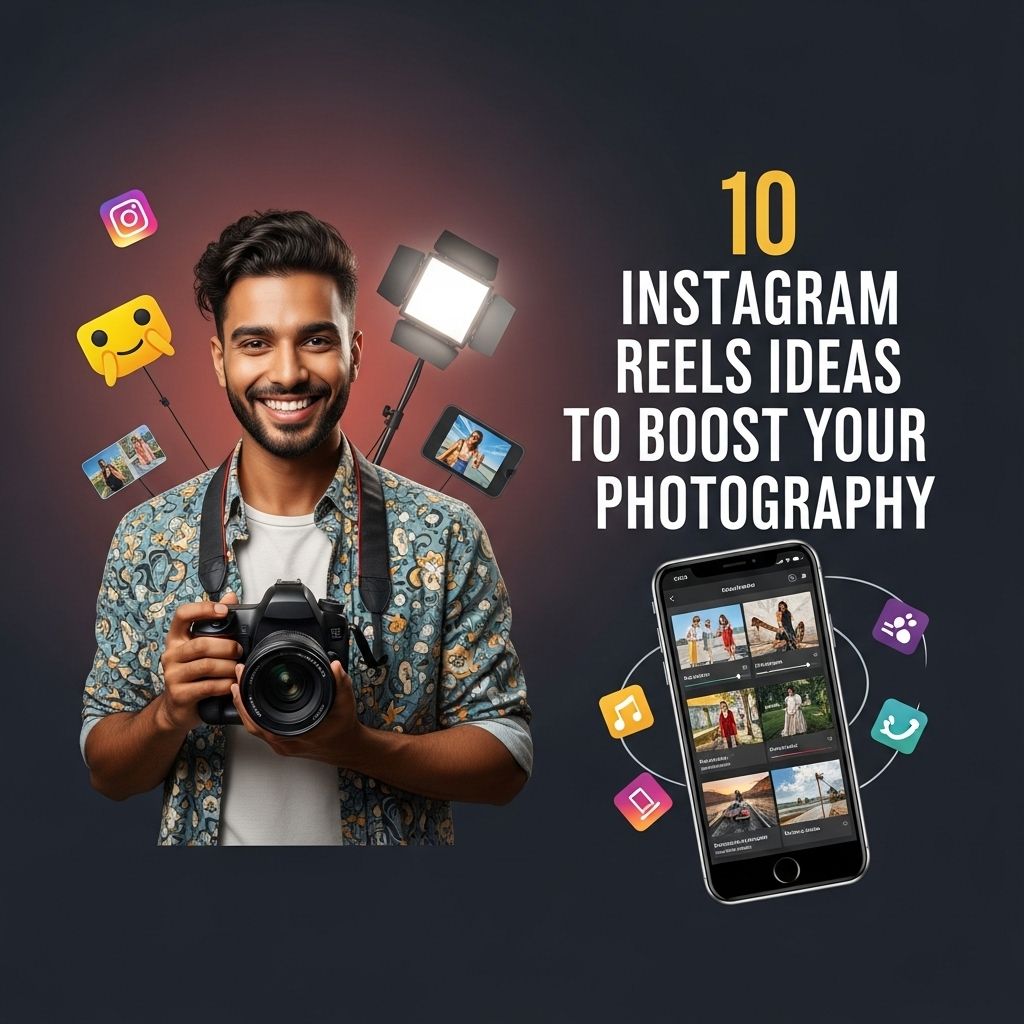Choosing your first camera can be a daunting task, especially with the multitude of options available in the market today. With advancements in technology, various models, and different types of cameras, it’s crucial to understand your needs, preferences, and the features that matter most to you. This guide aims to simplify the process by breaking down the key factors to consider when selecting your first camera.
Understanding Camera Types
Before diving into the details, it’s essential to familiarize yourself with the different types of cameras that are commonly available:
- Compact Cameras: Small and portable, ideal for casual photography.
- DSLR Cameras: Feature interchangeable lenses and manual settings, perfect for serious photography enthusiasts.
- Mirrorless Cameras: Combine the benefits of DSLRs with a smaller form factor, offering versatile features.
- Action Cameras: Designed for adventure and sports photography, known for their durability and waterproofing.
- Smartphone Cameras: Convenient and increasingly capable, great for everyday photography.
Key Features to Consider
1. Megapixels
While it’s a common misconception that more megapixels equate to better image quality, they do play a role in determining the size and detail of your photos:
| Camera Type | Recommended Megapixels |
|---|---|
| Compact | 12-20 MP |
| DSLR | 16-24 MP |
| Mirrorless | 20-30 MP |
| Action | 10-12 MP |
2. Sensor Size
The sensor size influences how much light the camera can capture, affecting overall image quality, especially in low-light situations:
- Full Frame: Best performance, but often more expensive.
- APS-C: A good balance between cost and quality, widely used in DSLRs.
- Micro Four Thirds: Smaller and lighter, suitable for travel photography.
3. Lens Options
Different photography styles require different lenses. When choosing a camera, consider:
- Interchangeable Lenses: Found in DSLRs and mirrorless cameras, allowing for flexibility.
- Fixed Lenses: Common in compact cameras, suitable for casual photography.
Budget Considerations
Your budget will significantly influence your options. Here’s a breakdown of what you can expect at different price points:
- Under $500: Good compact cameras or older entry-level DSLRs.
- $500 – $1,000: High-quality compact or entry-level mirrorless cameras with decent lenses.
- Above $1,000: Advanced DSLRs or mirrorless systems with professional features.
Brand Comparison
Familiarizing yourself with popular camera brands can help narrow down your choices:
- Canon: Renowned for its extensive range of DSLRs and lenses.
- Nikon: Known for user-friendly cameras with excellent image quality.
- Sony: A leader in mirrorless technology, great for video and compact designs.
- Fujifilm: Popular for retro designs and exceptional color reproduction.
Additional Features
Beyond basic specifications, there are several features you might want to consider:
1. Video Capability
If you plan to shoot video, check the camera’s video recording capabilities, such as:
- Resolution (1080p vs. 4K)
- Frame rate options (60 fps, 120 fps)
- Stabilization features
2. Connectivity
Look for cameras offering Wi-Fi or Bluetooth connectivity for easy sharing and remote control capabilities.
3. Ergonomics
Consider the camera’s weight and how it feels in your hand. A camera that is comfortable to hold will make your photography experience much more enjoyable.
Trying Before You Buy
If possible, visit a store to handle different models. Pay attention to:
- Button placement and accessibility
- Viewfinder quality
- Screen articulation
Online Reviews and Recommendations
Before finalizing your choice, explore online reviews and user experiences. Websites like DPReview and YouTube channels dedicated to photography can provide valuable insights on performance and usability.
Final Thoughts
Choosing your first camera is an exciting step in your photography journey. By considering your intended use, budget, and the features that are most important to you, you’ll be well on your way to selecting a camera that meets your needs and helps you grow as a photographer. Remember, the best camera is the one that inspires you to capture more moments.
FAQ
What should I consider when choosing my first camera?
When selecting your first camera, consider factors such as your budget, the type of photography you want to pursue, the camera’s ease of use, and whether you prefer a compact camera or a DSLR.
Should I buy a DSLR or a mirrorless camera as my first camera?
Both DSLRs and mirrorless cameras have their advantages. DSLRs tend to have a longer battery life and an optical viewfinder, while mirrorless cameras are usually lighter and offer advanced features like faster autofocus.
What is the importance of sensor size in a camera?
Sensor size affects image quality, especially in low light conditions. Larger sensors generally capture more light and detail, leading to better photographs, but they also make the camera bulkier and more expensive.
Do I need to invest in additional lenses for my first camera?
While many beginner cameras come with a kit lens, investing in additional lenses can enhance your photography experience, allowing you to explore different styles and subjects.
How can I learn to use my first camera effectively?
To learn how to use your camera effectively, consider taking online courses, watching tutorial videos, joining photography forums, or practicing regularly to understand different settings and techniques.
What accessories should I buy with my first camera?
Essential accessories for your first camera include a sturdy tripod, extra batteries, a memory card, a camera bag, and possibly a lens cleaning kit to maintain your equipment.




